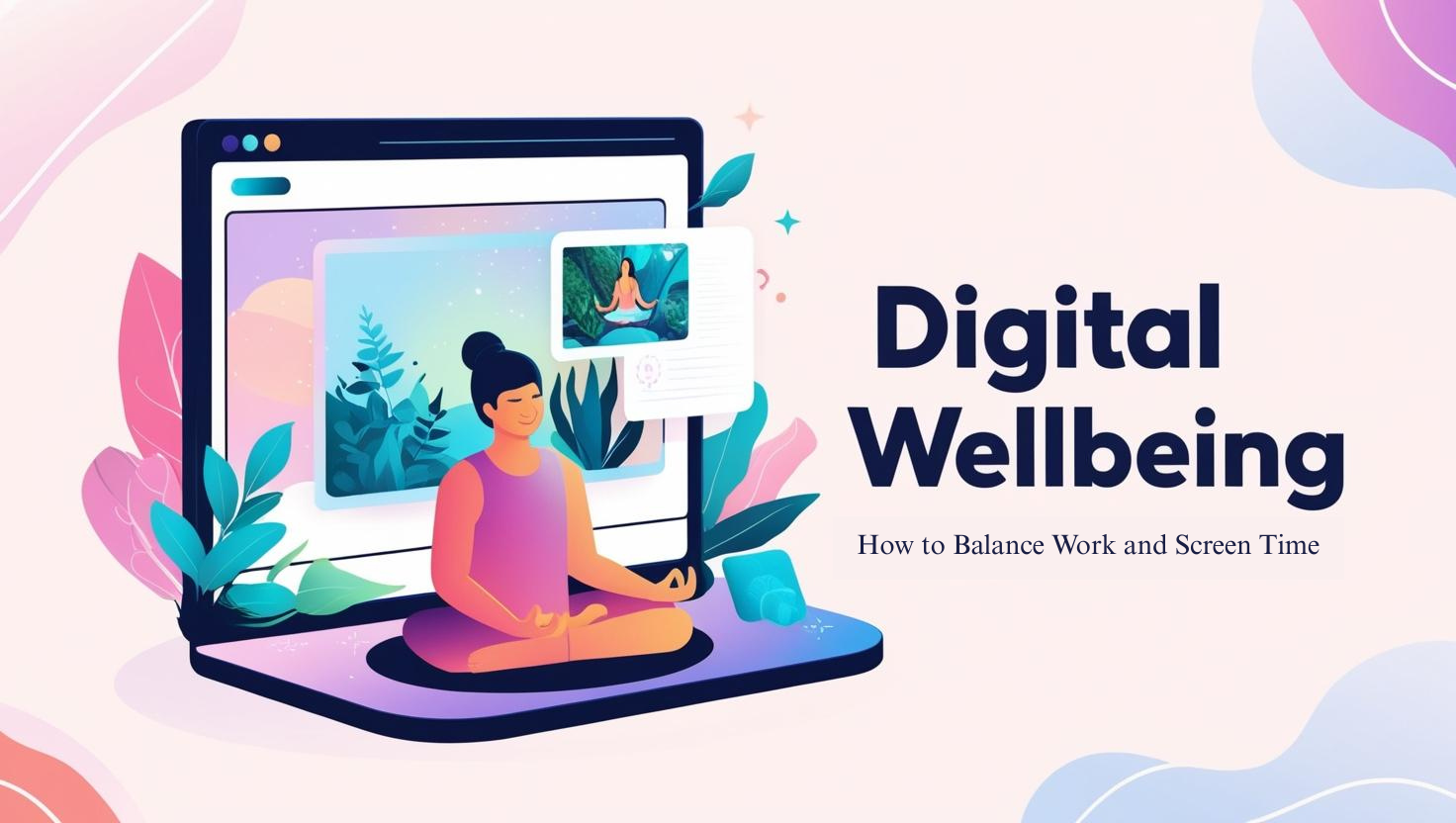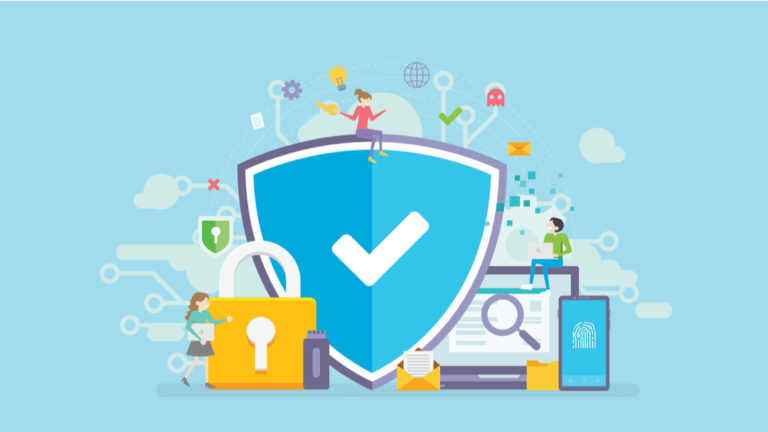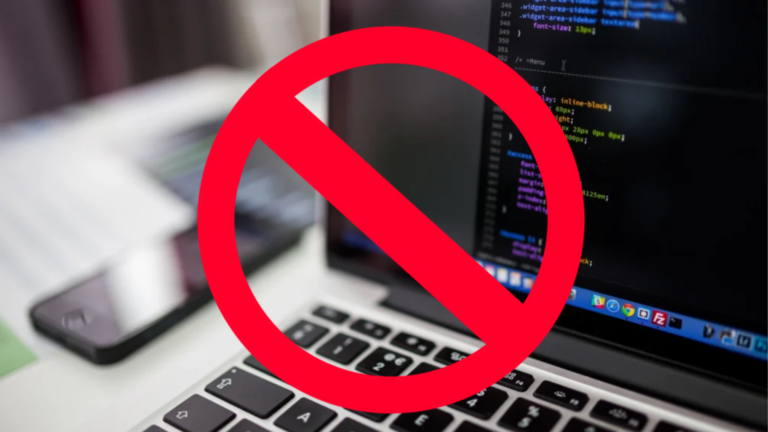In today’s fast-paced, digitally connected world, it’s easy to get overwhelmed by the constant presence of screens. Whether you’re working from home, attending virtual meetings, or spending time on social media, screen time can quickly pile up. While technology has made life more convenient, it’s also important to recognize its potential impact on our mental and physical health. That’s where the concept of digital well-being comes in—finding a balance between productivity and screen time to maintain a healthy lifestyle.
The Importance of Digital Well-being
Digital well-being refers to the practice of maintaining a healthy relationship with technology, especially in terms of screen time, productivity, and overall mental health. Too much screen time can lead to various issues, such as eye strain, disrupted sleep patterns, and even increased stress. On the flip side, managing digital well-being effectively can enhance productivity, improve focus, and help you maintain a positive mindset.
By incorporating strategies to manage your screen time, you can enhance both your work performance and personal well-being. But how can we achieve this balance?
1. Set Clear Boundaries for Work Hours
One of the key components of digital well-being is setting boundaries between work and personal time. With many people working from home or in hybrid environments, it can be tempting to stay connected and check emails outside of work hours. However, this can lead to burnout and a blurred line between work and personal life.
Solution: Set clear work hours and stick to them. Use digital tools like calendars to schedule your tasks, and make it a habit to log off when your workday ends. By establishing a routine, you can help prevent work from taking over your personal time and maintain a sense of balance.
2. Take Regular Breaks from Screens
Long periods of screen time, whether for work or leisure, can lead to digital fatigue. Prolonged exposure to screens can cause eye strain, headaches, and even discomfort in your neck and back. It’s essential to take regular breaks to rest your eyes and stretch your body.
According to the Mayo Clinic, extended screen exposure can lead to sleep issues and eye strain.

Solution: Follow the 20-20-20 rule—every 20 minutes, look at something 20 feet away for at least 20 seconds. This simple exercise reduces eye strain and helps your brain reset. Additionally, incorporate short breaks during the day to step away from your computer or phone. Whether it’s a five-minute walk or a few moments of mindfulness, taking breaks can rejuvenate your mind and body.
3. Limit Non-Essential Screen Time
While work-related screen time is inevitable, non-essential screen time, such as social media, can quickly spiral out of control. These distractions can negatively affect both your productivity and your mental health.
Solution: Limit your time on social media and other non-essential apps. Consider using apps that track your screen time and set usage limits for certain activities. You could also use “Do Not Disturb” mode during work hours to avoid distractions from notifications. Prioritize meaningful interactions, and consciously reduce the time spent on non-work-related apps.
4. Prioritize Face-to-Face Communication
As much as digital communication is convenient, face-to-face interactions still hold immense value. Virtual meetings, calls, and messages lack the personal touch that in-person communication provides. This can lead to feelings of isolation and frustration, especially if virtual interactions become your primary mode of communication.

Solution: Schedule in-person meetings, phone calls, or video chats that allow for deeper conversations and stronger connections. Make it a point to interact with colleagues or loved ones offline regularly. This helps create a sense of connection, reduces stress, and improves your overall well-being.
5. Use Technology to Enhance Well-being
While technology can sometimes contribute to digital overload, it can also be harnessed to support well-being. There are numerous apps designed to help you monitor and manage your screen time, track your habits, and encourage healthy routines.
Solution: Use wellness apps that promote mindfulness, meditation, or time management. For example, apps like Headspace or Calm can help reduce stress, while RescueTime can track your screen usage and offer insights to improve focus. Technology can work in your favor when used intentionally.
6. Create a Tech-Free Zone
In the age of constant connectivity, it can be challenging to step away from screens. However, having a designated “tech-free zone” in your home or workspace can help you disconnect and recharge.

Solution: Set up areas in your home or workspace where you can focus without the temptation of digital devices. Whether it’s your bedroom, a cozy corner, or a specific room in your house, create a sanctuary where you can relax and unwind without screens. This space will encourage you to take breaks from work and recharge your mind.
7. Focus on Sleep Hygiene
Quality sleep is a cornerstone of good digital well-being. Excessive screen time, especially late at night, can negatively affect your sleep by disrupting your circadian rhythm.
Solution: Create a bedtime routine that minimizes screen exposure at least 30 minutes before sleep. The blue light emitted from phones, laptops, and TVs can interfere with melatonin production, making it harder to fall asleep. Consider using blue light filters or apps that reduce screen glare before bedtime. A good night’s sleep will enhance your productivity and focus during the day.
8. Stay Active and Prioritize Physical Health
Physical well-being plays an essential role in digital well-being. The sedentary nature of screen time can result in back pain, poor posture, and other physical health issues.

Solution: Incorporate physical activity into your daily routine. Even short walks, stretching exercises, or yoga sessions can counteract the negative effects of long hours spent in front of a screen. Physical exercise boosts your mood, helps clear your mind, and improves focus, allowing you to perform better in both work and personal activities.
Conclusion: Achieving Digital Well-being
Maintaining a healthy balance between productivity and screen time is essential for your mental, emotional, and physical well-being. By setting boundaries, taking breaks, limiting distractions, and using technology to enhance your life, you can foster a healthier relationship with screens. Ultimately, digital well-being isn’t about eliminating screen time entirely—it’s about managing it in a way that supports your goals, health, and happiness.
As we continue to rely on technology for work and leisure, embracing digital well-being practices will help us navigate the digital world while safeguarding our overall health. Remember, it’s all about balance!



